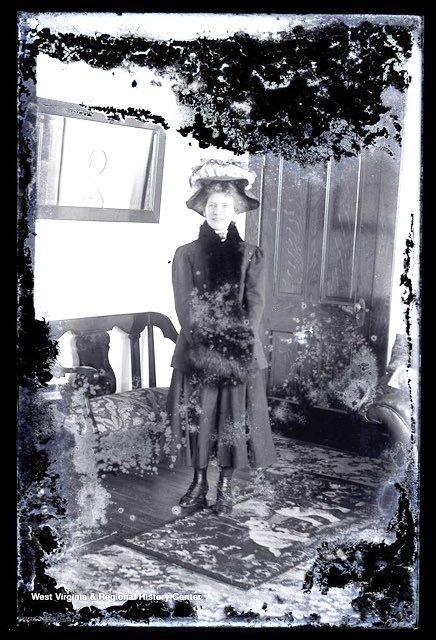By William “Skip” Deegans
 In 1898, a group of Monroe Countians organized the Dowdy Skunk Raising Association with Joe Dowdy serving as president. John Fisher was vice-president, Jube Dowdy, treasurer, and Henry Dowdy, secretary. Inspired by an article in the New England Skunk Review and Price Current, the group voted to buy Robert Crebs’ farm and convert it to raising skunks by enclosing the entire farm with a wire fence that penetrated the ground 7 feet to prevent the skunks from escaping.
In 1898, a group of Monroe Countians organized the Dowdy Skunk Raising Association with Joe Dowdy serving as president. John Fisher was vice-president, Jube Dowdy, treasurer, and Henry Dowdy, secretary. Inspired by an article in the New England Skunk Review and Price Current, the group voted to buy Robert Crebs’ farm and convert it to raising skunks by enclosing the entire farm with a wire fence that penetrated the ground 7 feet to prevent the skunks from escaping.
Bought by furriers, skunks without stripes were the most valuable. Some skunks inherently do not have white stripes, and Jube Dowdy thought he could eliminate the stripe by inbreeding. However, if the inbreeding did not pan out, the Dowdy Skunk Farm would engage Professor Chris Chambers, a noted hair expert, to remove all the white hairs from the young skunks and rub into the skin each day some of his valuable hair tonic, “guaranteed to grow black hair inside of thirty days where the roots have not been diseased.”
Skunk fur had been used in the fur industry since the mid-1800s, and by 1900 it surpassed the muskrat as the most traded fur. The fur was used mainly for trimming coats and was sold deceptively as Alaskan or American sable. Once customers found out the fur was really skunk, its popularity plummeted. However, skunk fur came back in favor in recent years for women’s handbags. Shown in the circa 1900 photo is a Preston County lady wearing a fur trimmed coat and fur muff.
Did the Dowdy enterprise prosper? Maybe one of our Monroe County readers will let us know.
Photo courtesy of the West Virginia University Regional History Center.
Sources: The West Virginia News, www.vintagefashionworld.com




